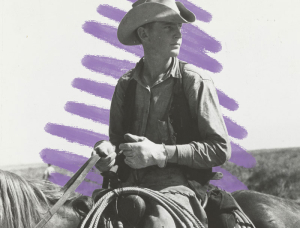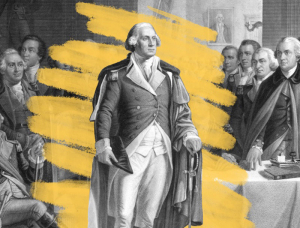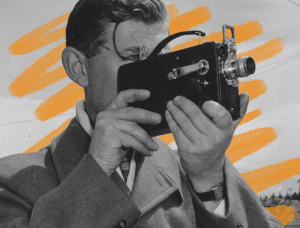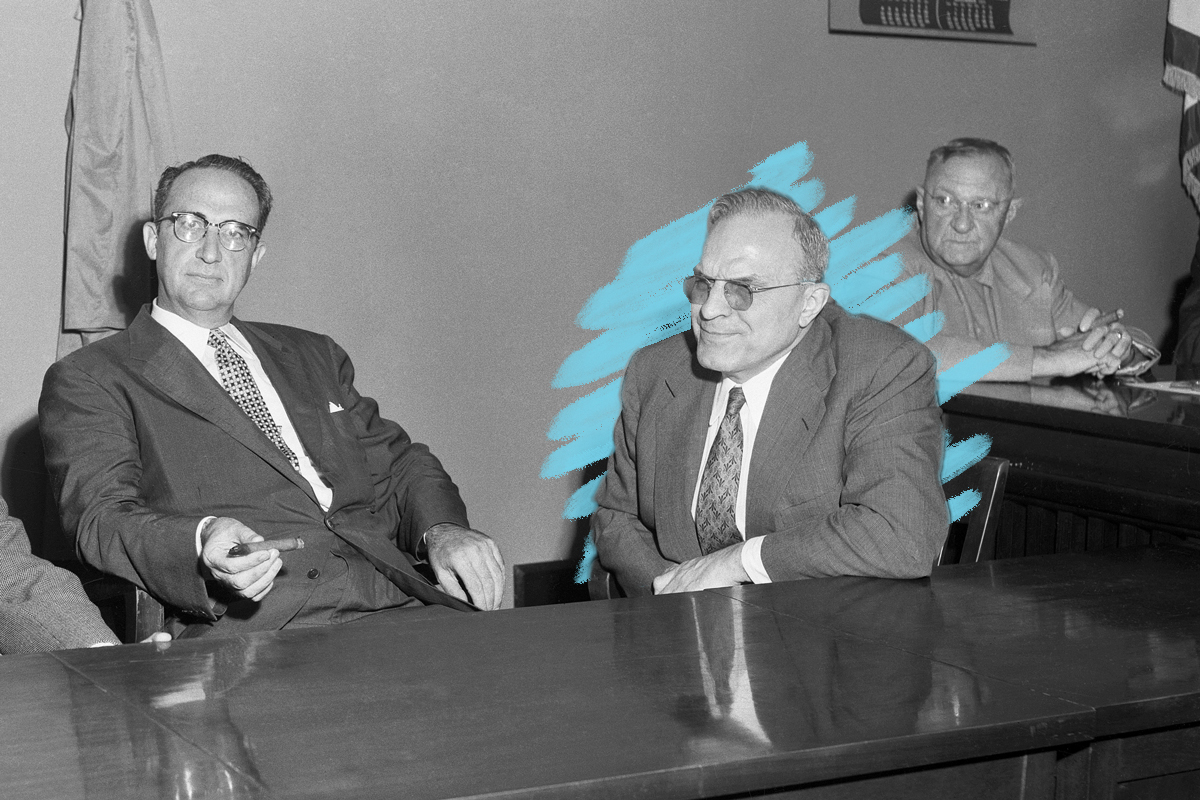A blind engineer invented cruise control.
Cruise control is now a standard feature in most cars, but the person who invented it never got to use it, as he was blind for most of his life. Ralph Teetor, who was part of a prominent family of Indiana engineers, lost his sight in one eye at age 5 after an accident with a knife. Less than a year later, he went blind in the other eye because of a rare condition called sympathetic ophthalmia, in which trauma to one eye causes damage to the other.
That didn’t stop Teetor from following in his family’s footsteps. He built and, despite his blindness, briefly drove a three-horsepower car when he was just 12, and went on to study mechanical engineering at the University of Pennsylvania at a time when many universities wouldn’t consider a blind candidate. After returning home, he went to work for his family’s business, Perfect Circle, eventually becoming head engineer and then company president.
The idea for cruise control came to Teetor in the 1930s. According to one (potentially apocryphal) story, Teetor frequently rode with a friend who would speed up or slow down depending on whether someone was speaking, giving him the idea for a feature to control speed. But he may simply have been motivated by traffic safety concerns. In 1948, he filed his first patent for a speed control device, which he received two years later. Ever devoted to his craft, he tested the device by working the gas pedal from the floor while a driver handled the steering wheel. In Teetor’s first version of what he called the Speedostat, drivers still had to keep their foot on the gas pedal for the device to work — they’d just feel some pressure that reminded them to maintain speed — but he added a speed lock before selling it to vehicle manufacturers.
Chrysler was the first to introduce the Speedostat, which they marketed as “Auto-Pilot” on luxury vehicles in 1958. In 1959, both Chrysler and Cadillac offered it as an option on all models. But cruise control didn’t really take off until the 1970s gas crisis, when drivers were told to stick to lower speeds to save fuel.







